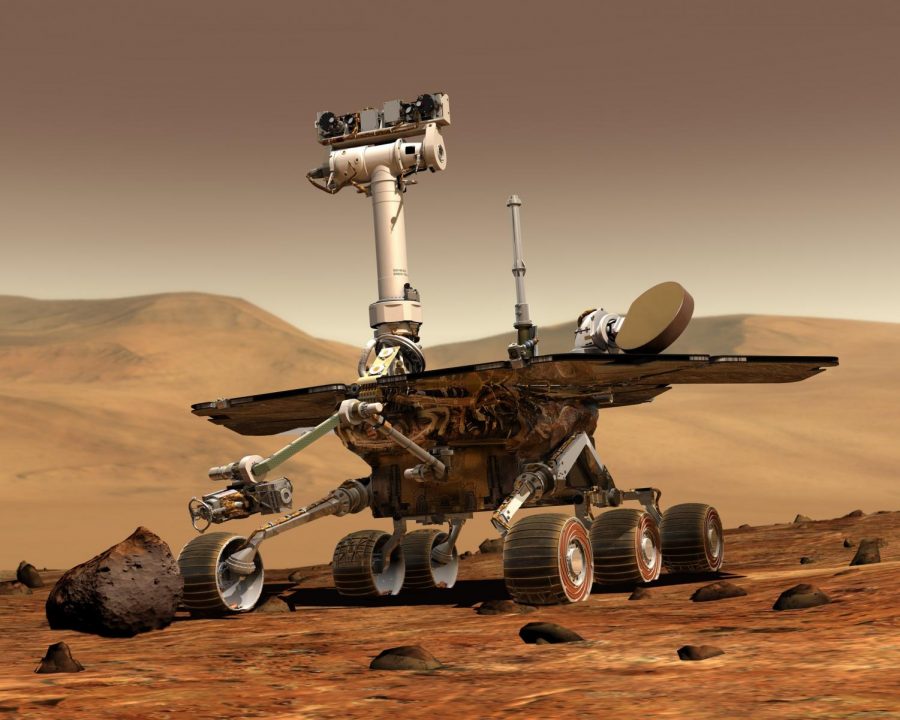Perseverance in the Face of Adversity
March 5, 2021
On February 18, NASA successfully landed the Perseverance rover on the surface of Mars, their most advanced rover mission to date, named Mars 2020. The 300 million mile journey took 7 months to complete, and the rover, affectionately nicknamed “Percy,” touched down in Jezero crater, an arid delta in the Isidis plain formed from billion-year-old Martian rivers.
The largest and most sophisticated rover ever sent to the red planet to date, Perseverance has a lofty goal ahead of it. Designed to address major astrobiological questions about our solar system neighbor, the rover has been tasked with two primary objectives in reference to life on Mars. The first is to identify possible Martian environments which were once capable of supporting living creatures. The second is to discover whether microscopic life ever actually developed on Mars, analyzing rocks and soil in search of trace microfossils that could reveal their existence.
Perseverance has also been tasked with the objective of laying the path for human expansion to Mars. Equipped with a drill to collect Martian soil samples for further investigation, Perseverance also has a device never before installed on a Mars Rover. Named the MOXIE, it exists to determine the feasibility of generating oxygen from the thin, unbreathable carbon dioxide atmosphere of Mars.
As Mr. Mayer, Upper School Physics and Robotics teacher eloquently sums it up:
“It’s a little mind-numbing.
We hit a moving target (53,000 mph) while on a moving rock (67,000 mph) from a distance of somewhere on the order of 75 million miles. We were not only able to hit a 4000 miles wide target, but we were able to hit a 28-mile strip… Plus there’s so much more behind the scenes. There’s all of the sensors, cameras, microphones, and analysis tools. Solar panels, communication devices, heating elements.”
Sending a rover to Mars is hard. But the Mars 2020 mission is not driven solely by scientific need. Rather, it’s a mission fueled by the human ideals of curiosity and opportunity, the very same ideals which have been the namesake for past Mars rovers. It’s in this spirit that Perseverance has brought with it a drone named Ingenuity. The goal — to see if we can create a vehicle that can fly in an atmosphere a hundred times thinner than ours.
Humans have always looked to the sky and wondered about the nature of the stars and planets above. This is just the next step.








